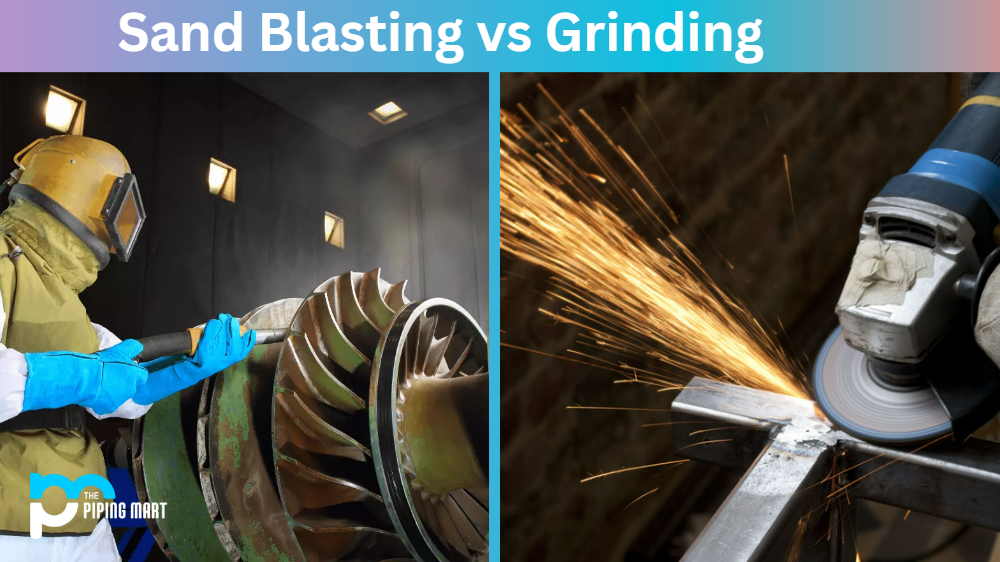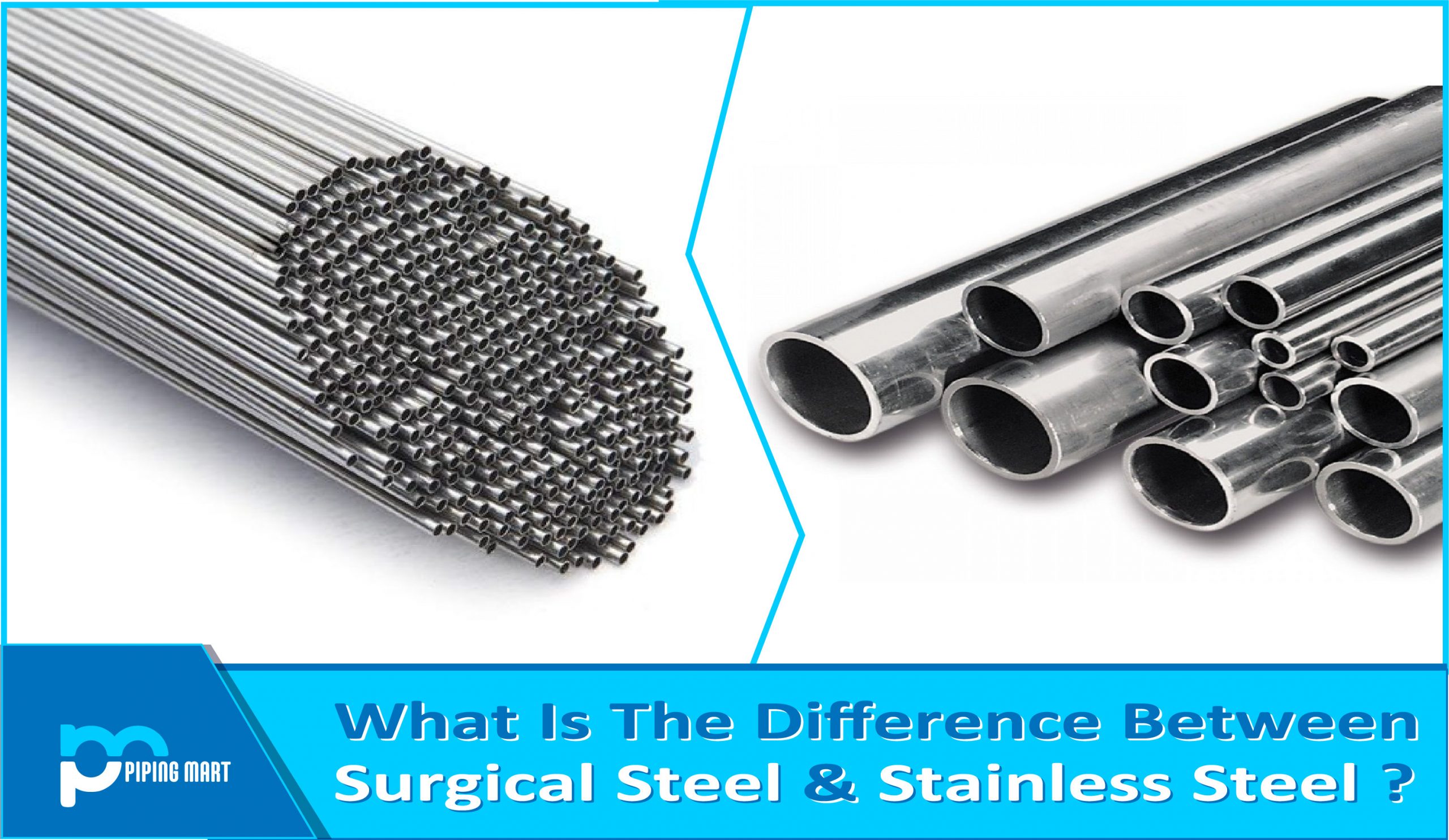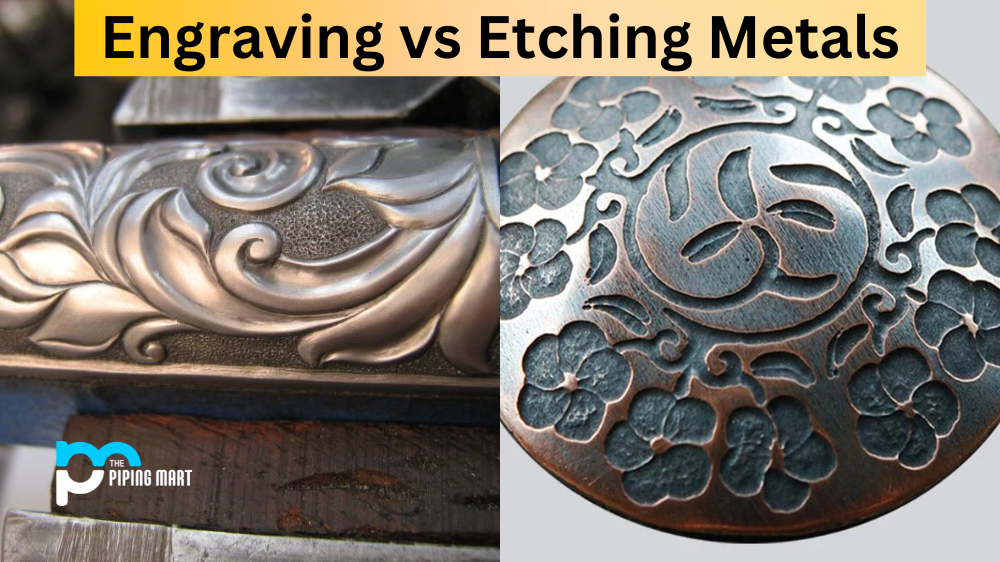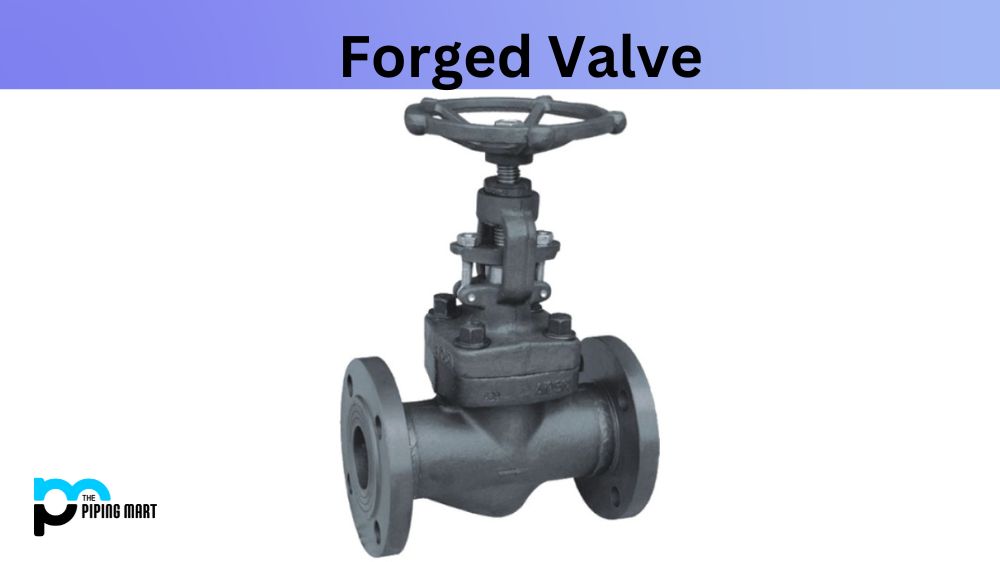In metalworking and surface finishing, sandblasting and grinding are two of the most common methods. These methods differ in terms of their processes, results, and capabilities. This blog delve into the differences between sandblasting and grinding, their advantages and disadvantages, and when to use one.
What is Sand Blasting?
Sandblasting, or abrasive blasting, is a process in which an abrasive material is propelled at high speeds to remove surface contaminants and create a rough texture on a material’s surface. The abrasive material includes sand, glass beads, steel shot, or nuts. Sandblasting is commonly used to remove rust, paint, and scale or to prepare a surface before painting or coating. Sandblasting is a versatile process used on many surfaces, such as wood, metal, brick, concrete, and glass.
Advantages
- Sandblasting is a quick and efficient process for removing harsh surface contaminants.
- It can be used on a range of surfaces and materials.
- It can create a rough texture that promotes surface adhesion for coatings.
Disadvantages
- Sandblasting can cause surface deformation, impacting the material’s strength and appearance.
- The process produces a lot of dust and debris, which can harm the respiratory system and the environment.
- The abrasive material can embed onto the surface or remain lodged in tight crevices.
What is Grinding?
Conversely, grinding is a process of removing material by using a rotating abrasive wheel. Grinding is commonly used to refine the finish of metal surfaces, sharpen edges, or remove burrs or imperfections. Grinding can be wet or dry on aluminium, stainless steel, and titanium.
Advantages
- Grinding can achieve a precise and smooth finish on metal surfaces, producing a visually appealing product.
- It can remove imperfections such as burrs, welds, or sharp edges.
- Grinding can also be used to sharpen dull blades and tools.
Disadvantages
- Grinding can cause heat buildup and thermal stress, leading to surface discolouration or even cracking in the material.
- It can be a time-consuming and labour-intensive process, especially for large-scale projects.
- Grinding can produce dust that can cause respiratory issues and create a safety hazard.
Difference Between Sand Blasting and Grinding
Choosing between sandblasting or grinding depends on the desired end result and the material’s properties. Sandblasting is ideal for removing harsh surface contaminants and creating a roughened surface for coatings or paints. Conversely, grinding is suitable for refining the surface finish, removing burrs, or sharpening edges. When selecting the two methods, it’s essential to consider safety precautions and environmental impact.
Conclusion
In summary, sandblasting and grinding have advantages and disadvantages and choosing the proper technique for the project’s needs is essential. Sandblasting is ideal for removing rust, paint, and scale, while grinding is perfect for refining a metallic surface’s finish. Both methods produce dust and can cause health hazards, so safety precautions should always be followed. Ultimately, the decision to use sandblasting or grinding comes down to the desired result and the unique properties of the material being worked on.

Meet Bhavesh, a seasoned blogger with a wealth of knowledge and experience. From metal products manufacturing to retail, Bhavesh has a diverse background in various industries and is dedicated to sharing his insights and expertise with readers.




